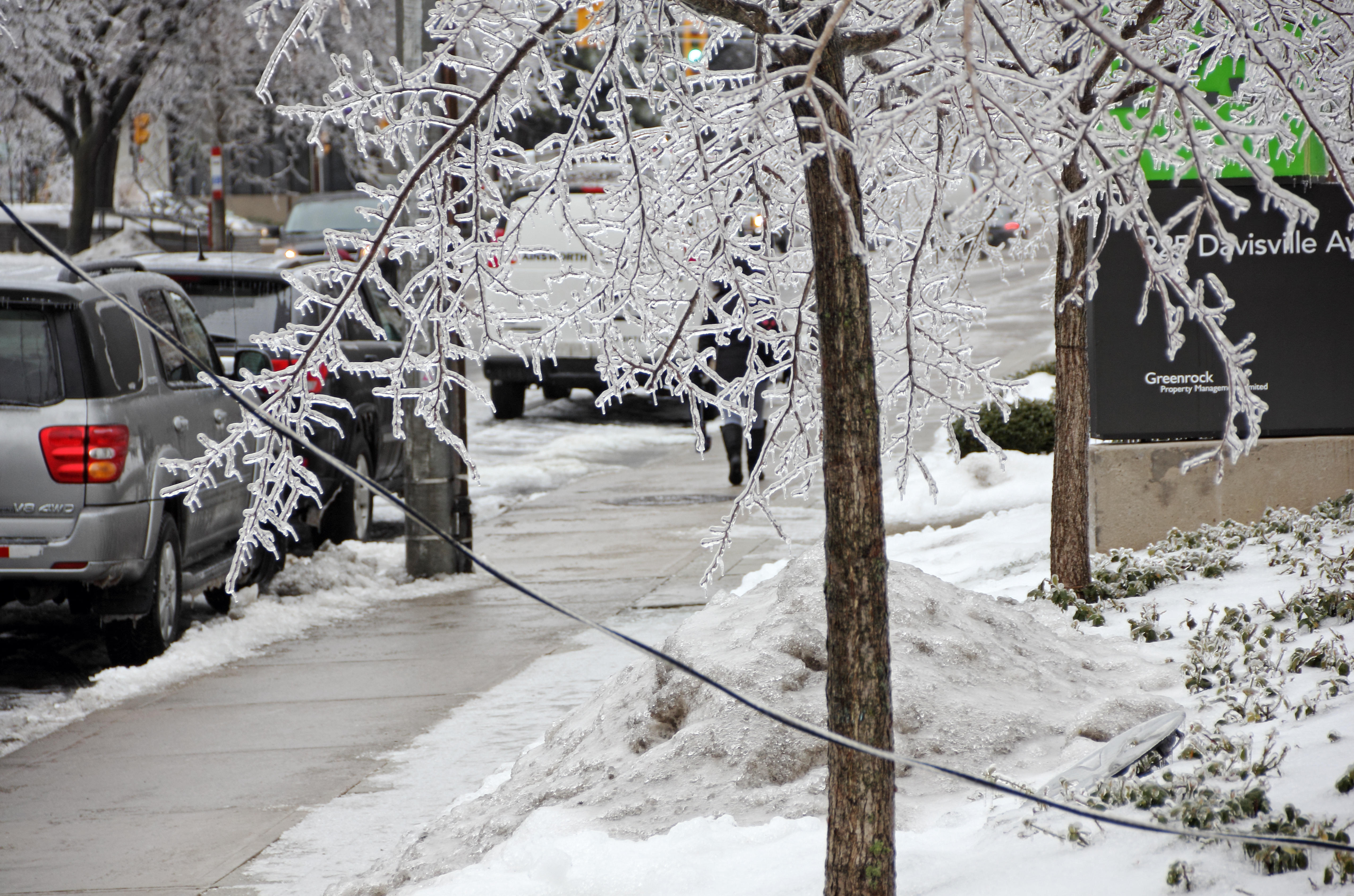Right up front, let me say that I understand why contact centers exist. But I dislike them intensely. In fact, to me, contact centers, although often providing an acceptable level of service at a higher level of efficiency than traditional customer service, occasionally fail. And when they do, they fail miserably. I am living with the learned experience of what happens when high-touch customer service is replaced by systems meant to optimize profits while minimizing customer experience. I thought I knew, as a seasoned industry professional, how to resolve these problems. Clearly, I was wrong.
I live in Western New York, where we are (unjustly, I think) often thought of for our challenging weather and the often short-lived--but demonstrably devastating--results of lake effect snow and ice. But we are not the only area of the country where the weather can create horrendous conditions resulting in calls to utilities to notify them of outages and the need for speedy—and essential—assistance.
Which brings me to my story. In the last week of February, we suffered an ice storm that took out my cable, internet and landline phone service (yes, not only do I love my landline, but I have two of them). These services are provided by two different major providers. The cable and internet were repaired within 24 hours, but today, 6 days later, I still have no phone service, nor will I until, at the earliest, a week from today. I have had to make six calls over two days to Verizon from my mobile device, which has spotty service at best in my location. Even after call number six (being on hold for 20 minutes during each call, as well as being disconnected several times because of the weak wireless signal on my end) also didn’t help my mood when I finally got to an agent who could help.
And then came the kicker. I called for a service repair on Thursday. The soonest that a repair person could be dispatched was six days later. REALLY?? Six DAYS LATER? And because I was scheduled to be out of town and needed to be present even though the issue is clearly outside, I needed to schedule the appointment for the first day I would be back to be present when the technician is dispatched. But my problem got worse, because Verizon could not schedule an appointment for my first day back, because that date was too far in the future (10 days ahead). They could schedule nine days ahead, but not 10. So on the second day, I had to start over to try to get someone to fix a problem outside the 10-day service window.
It has long been my understanding that Verizon has done its best, in the name of shareholder value and revenue creation, to break the union(s) to which many of its service providers belong. As a result, it deploys fewer linesmen and outside workers than it once did. This makes sense also, because fewer people use land lines than once did. But this doesn’t change the fact that I am paying for landline service that cannot be repaired for 13 days (service outage 2/21, repair scheduled for 3/6) when, in fact, it is the truest definition of a lifeline, particularly since copper landlines are not dependent on a limited power supply in the way that mobile devices are. But believe it or not, this rant is not just about me.
The bigger questions for the contact center industry at large are a) what happens when contact centers fail, and b) what can those who manage them do to “ramp up” when events come up? As I learned in graduate school in telecom years ago, for the same reason that churches aren’t built to accommodate the Easter Sunday crowd, neither are contact centers built to accommodate the busiest days. This makes sense --until it doesn’t. “I see a bifurcated world in customer service,” says Brad Cleveland a globally-recognized consultant and author who specializes in contact centers and customer experience. “The best organizations do a phenomenal job. They work at it—they focus every day on preventing, responding to, and learning from the challenges their customers run into. And the solution is not heroics, but an incessant focus on systems, processes, training, and everything else that goes into the customer experience. Other organizations, and yes, they are the majority, talk a good customer experience game. But when push comes to shove, they don’t deliver when their customers most need them.”
I asked Brad what’s at stake for the companies. Will poor service hurt them—eventually? “Yes, of course. But they aren’t aware of the damage they are doing. And they are forcing good employees to field customer frustrations and are squandering customer time and goodwill. Like termites they can’t see, customers with poor experiences threaten the provider’s brand and its future.”
I put Verizon in somewhat of a different class from other contact center operators because it is a regulated utility. It is unambiguous in its commitment to providing the latest and greatest technologies to its biggest customers -- but that doesn't erase its obligations to its smallest customers. A landline customer shouldn’t need to contact the New York Public Service Commission (or, as Microsoft’s auto-edit feature suggested, the New York Times) when service outages are as prolonged as mine has continued to be.
The ice storm was not Verizon’s fault. But Verizon certainly had—and has—an ongoing obligation to serve customers not only Fifth Ave. where the revenue it generates is most significant, but off of Main St., where it has been given many advantages as a utility. Verizon’s team was aware of the storm, as most utilities are, in advance. While it may not have been able to resolve my problem in 10 minutes, the minimum of 5 days to restore service is nothing short of unacceptable.
Verizon is not alone in facing this conundrum. However, as a utility, like other utilities (electric, gas, water, telecommunications), it should be forced—or shamed, if it can’t do so on its own, to recognize and manage environmental and other challenges that are beyond its control. They’ve happened before and will happen again.










